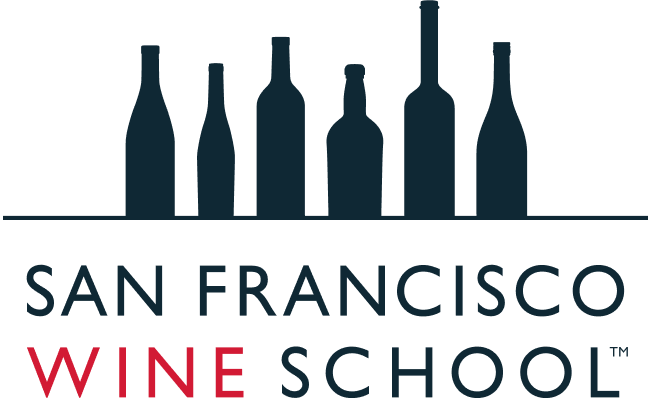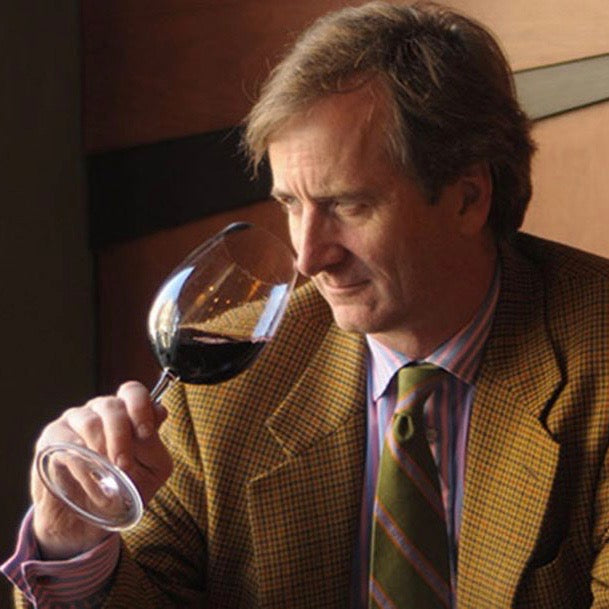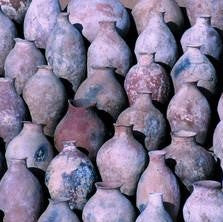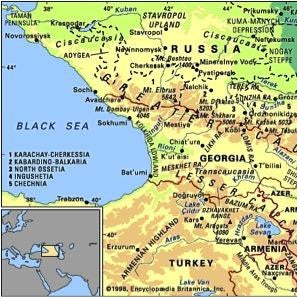
by David Furer
Since its inception in 1996, US importer Bartholomew Broadbent’s eponymous company has been at the forefront of a few trends in the US wine business.
How did you end up making your life in the US as opposed to your native Britain?
When working for Harvey’s wine department, one of my clients came to a boozy lunch where I gave him a glass of Sherry, shoved him into a small room so I could check on another larger group from Allied Breweries, checking in on him every 20mins. to pour him another glass when he said “they’d like you in America.” It turned out he was working for a Canadian firm called Schenley getting me a job in Canada for a few years. One of our clients was the Symington family who eventually offered me a job in the States; so I moved to San Francisco where I ending up spending 21 years starting Premium Port Wines in 1985 and later Broadbent Selections, and where I met a girl I married later encouraging us to move to Virginia eight years ago.
After placing your first toe in the water with what was at the time in the US the middling category of Port, relatively early in your career you stuck your neck out by investing in a nearly forgotten fortified, the classic category of Madeira; clearly it’s been a success but what led you to what was, at the time, a risky business decision? Did it rest upon it being Portuguese, Port’s off-shore cousin, or was it something else?
I was working for the Symingtons when in 1988 they bought the Madeira Wine Company which owned several Madeira brands. I was asked to reintroduce Madeira into America, the popularity of which had been killed off by Prohibition and never recovered. After the 1989 San Francisco hotel tasting where we relaunched Madeira we found every top restaurant there stocking a quality Madeira within a week. I went around the country promoting it; it’s a weak cash return but it really appeals to Americans’ sense of history, and with its high acidity it’s so versatile a wine that even balsamic vinegar won’t kill it. Although it’s sweet it has a dry finish but won’t get killed like other dessert wines such as Sauternes and late harvest Rieslings will. We see good growth in it.
In first developing my brand I sent my father and mother there, asking for their notes, which included my mother’s saying one example was a akin to a “death bed raiser.”
As a now-established importer/marketer you’ve generally trod the path less traveled without the US stalwarts which, in broad terms, were chronologically France, Italy, Spain. Even your two German suppliers aren’t highly touted in the US. To what do you attribute your success?
When I set up business I wanted to represent wines that were the best quality in their price points whether $5 or $400. My South African ‘The Curator’ I consider one of the best in the US for $7. The reason we didn’t take on French and Italian wines was that in 1996 the best wines from there were already represented, so I went to the New World such as New Zealand, Argentina, Chile, Portugal, South Africa, and Lebanon. We’ve stuck to our guns in only representing family businesses of only high quality. They’re all fun and with stories making them easy to sell. I’ve also been lucky to have a company with employees who are a happy team; when others see content talented people representing your brands they want to work with them…so it’s been good.
Your appearance at San Francisco Wine School's Origins of Wine Civilization event on the Eastern Mediterranean panel has you representing your supplier Chateau Musar. While not Lebanon’s oldest winery it certainly is its most iconic, most recognizable. What is the pertinence of understanding its contribution to the ancient and modern expressions of wine?
Musar is the most natural wine in the world with nothing added to it, the way it was made thousands of years ago. Although it was established in 1931 with Serge starting in 1964, it became famous only in 1979 when going to the Bristol Wine Fair with my father tasting and writing of it…and me with him. Since then I’ve said Chateau Musar is my favorite wine and it still is, was the only red wine at my wedding. It’s story is one no other winery can tell with a white wine made of Obaideh (later known as Semillon) and Merwah (a Chardonnay/Chasselas cross) that is completely unique with some of these vines 150 years old. These carry the ancient past.
What are the differences working in the US wine trade versus that of the UK?
Americans in general are a friendlier crowd than the English, more interested in tasting wine with the last thing they’ll ask of is the price. A lot of places in Europe they’ll ask the price first, only then taste the wine. I haven’t worked in England since 1982 when it was more an old-boy network, a gentlemen’s club business whereas today it’s dominated by large companies so less social and more a real business. What I love about being here I can avoid big distributors which are uninteresting to deal with. I deal with fine wine distributors; even Winebow, which is large yet nice to deal with, sells more bottles over $10 each than any US wine company. Sommeliers have a much more powerful influence here than in England. In building a brand the US is more important because so much press is based here, though I think Decanter magazine and Jancis Robinson have a huge impact in the US.
As you and your father chose the same field of interest in which to pursue your careers it bears asking; what fundamental aspect of your work do attribute to his influence, and what of your work is uniquely yours?
I developed a palate and knowledge of great wine with him. I’m not a good blind taster, but being brought drinking the greatest wines from the age of 7 with 1945 Bordeaux as an everyday wine, and that’s a lasting legacy. But our paths veered with him being an excellent auctioneer and taster whereas I’ve gone much more the business route in being an importer/quasi-producer. He was much more intellectual and perfectionist.
Much of your portfolio rests with South African wines, and in that only from quality wineries of low to moderate capacity without the scale to supply large amounts of cheap&easy product to fill supermarket shelves. Its wines enjoy good press, solid sales, have a favorable quality/price ratio especially with a now-declining rand, and possess unique organoleptic attributes. But the US isn’t clamoring for South African wines in the way it jumped on Argentine Malbec or Prosecco or Moscato. As a committed, experienced importer and marketer supplied by so many of these wineries how do address this disparity and the nuances associated in your position?
The two most exciting places for wine today are South Africa and Portugal, especially in Swartland. I’ve never gone the easy route, and I’m now also promoting Virginia wines. You can afford to drink the great wines when they’re u known. When working in Canada in the 1980s I was introducing Sassicaia and now have a cellar with many bottles of it from that decade which I’d purchased for $20 a bottle. We have some wineries with potential to grow in volume production. Our Broadbent Vinho Verde is the third largest-selling Portuguese wine in America.
Your father’s penchant for bicycles is known both in photo and the written word; what’s your preferred means of transport?
I love bicycling, especially in some cities. I find my resident Richmond Virginia a bit dangerous as drivers aren’t used to having bicyclist. I have a well-trained Golden Retriever along side whom, in good weather, I bicycle to work.
 by David Furer
by David Furer


